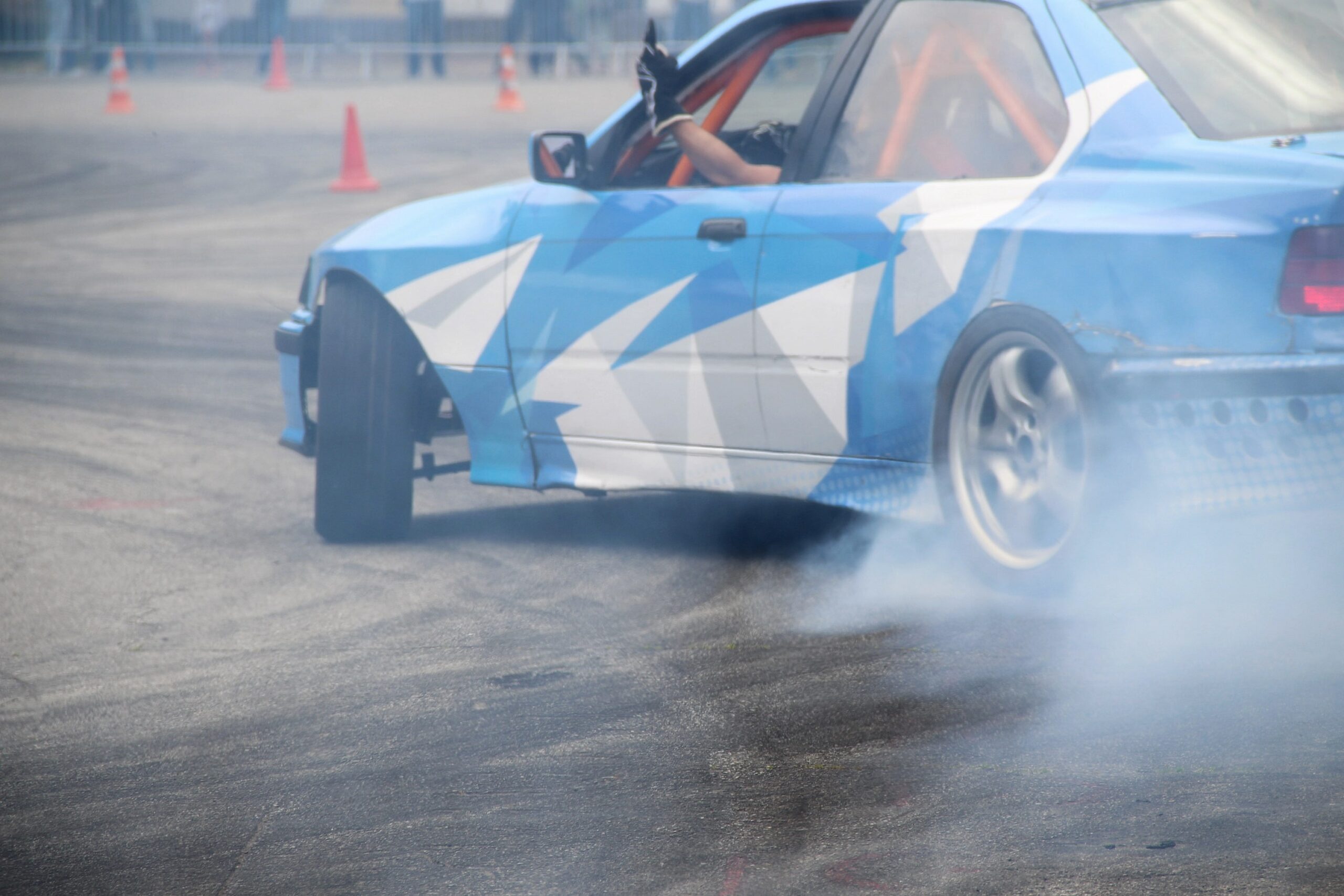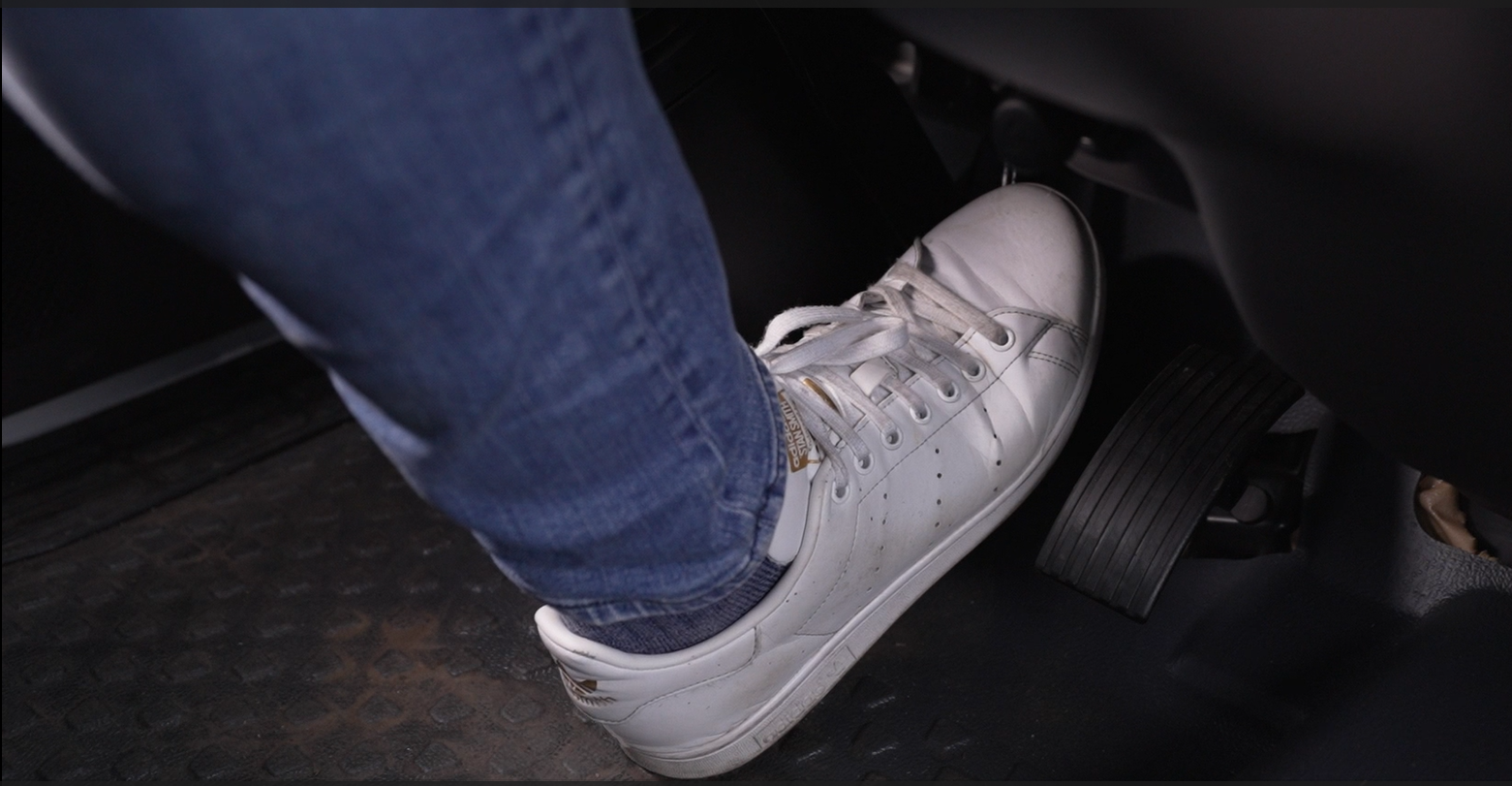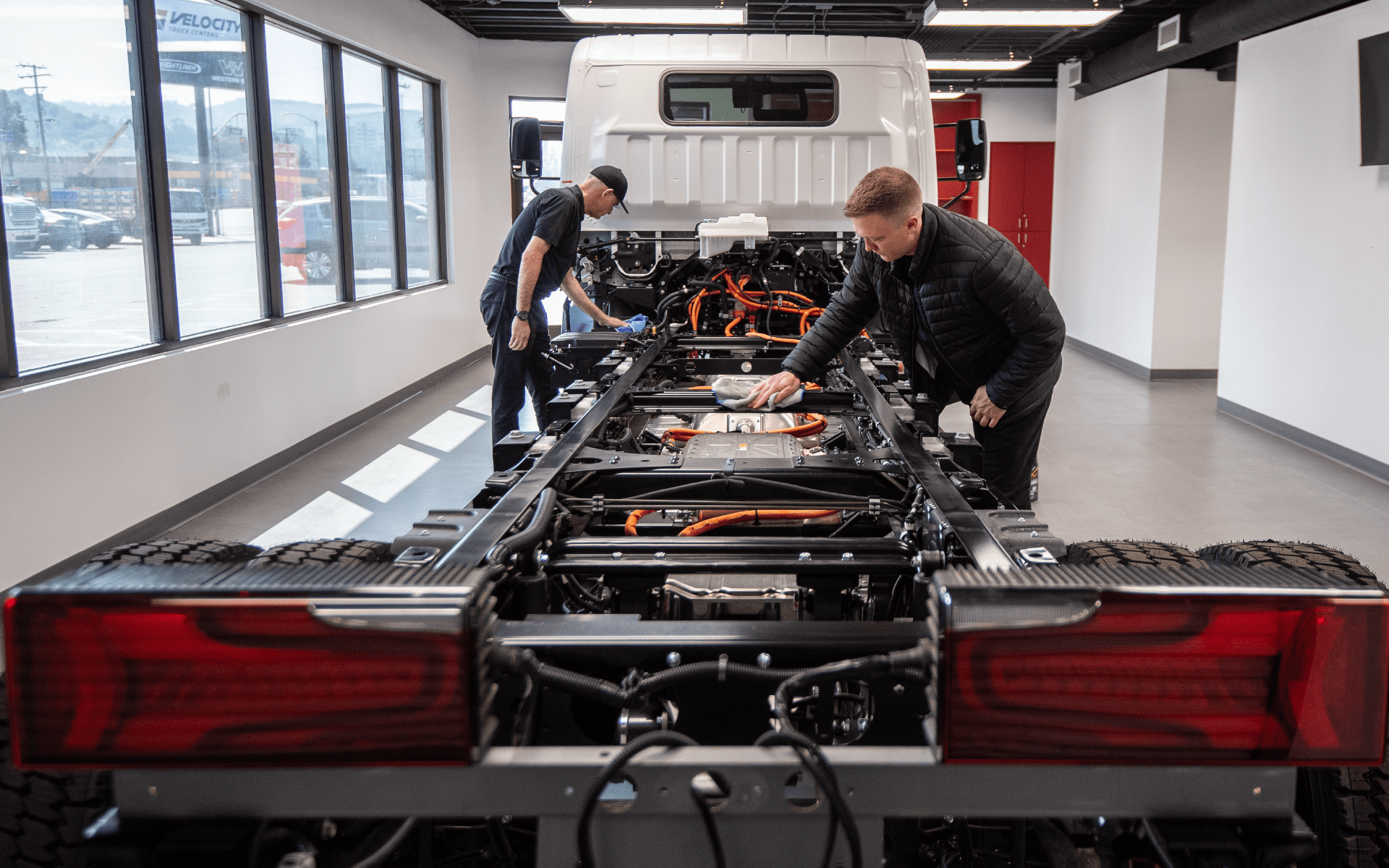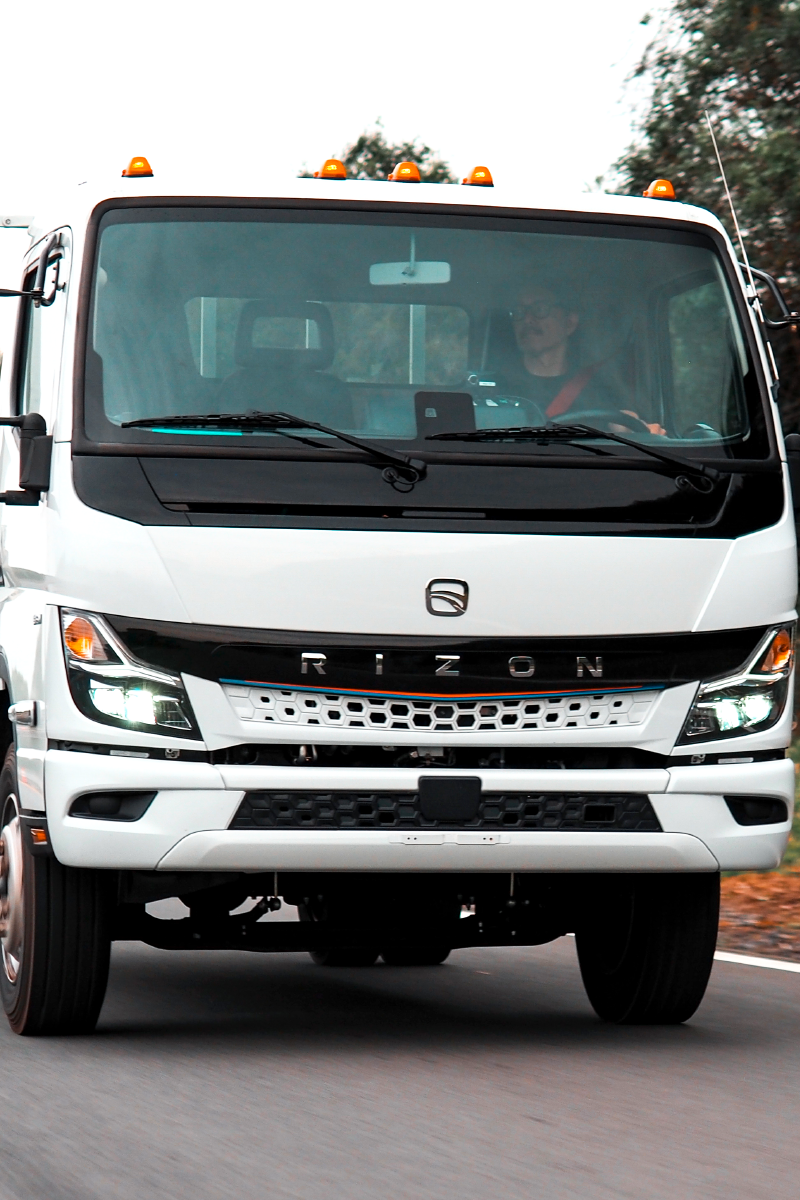Mistakes EV drivers make can quietly drain EV efficiency, reducing range, increasing costs, and even shortening battery life. Whether you’re driving a personal electric car or operating a commercial RIZON truck, understanding these common pitfalls is the first step toward maximizing efficiency, protecting battery health, and keeping operating costs low.
Electric vehicles—whether passenger cars or heavy-duty trucks—offer low emissions, quiet performance, and significant savings, but habits carried over from gasoline or diesel vehicles can erode those advantages if left unchecked.

Negative Affects and Tips for Avoiding Them
Poor driving behaviors and lack of planning can also shorten brake life, increase charging costs, and cause unnecessary downtime.
This article highlights five of the most common mistakes EV drivers make and explains their consequences and how to avoid them. Tips apply to both consumer EVs and commercial electric trucks such as Class 4–5 models from RIZON.
Mistake 1: Treating Every Drive Like a Drag Race

What Drivers Do Wrong
Many new EV drivers enjoy instant torque and quick acceleration. In commercial trucks, this “Formula 1” style driving—hard launches and abrupt braking—uses far more energy than smooth driving and limits the benefits of regenerative braking.
Consequence
Aggressive acceleration drains the battery quickly, while abrupt braking can waste energy that could otherwise be recaptured through regen. Over time, this behavior leads to shorter range (fewer miles/km per charge) and increased wear on brakes and tires.
Solution
Coach drivers to accelerate smoothly, anticipate stops, and use regenerative braking efficiently. Tools like RIZONCONNECT route maps flag harsh acceleration and braking events and show efficiency data, making driver coaching easier.
Mistake 2: Poor Route and Charging Planning

What Drivers Do Wrong
Drivers often assume they can charge anywhere, anytime, like filling a diesel tank. But public charging stations can be crowded, broken, or not sized for commercial vehicles, although RIZON can charge via AC or DC charging.
Without planning, drivers risk long waits, missed deliveries, or detours.
Consequence
Inefficient routing and unplanned charging add downtime, increase cost (especially for high-priced DC fast charging), and create driver frustration.
Solution
Use route-planning apps such as PlugShare to identify compatible chargers. Schedule mid-shift charging at less busy times—one RIZON fleet customer found a quiet location and now charges during lunch.
Plan for stall size and turning radius so your truck actually fits. With thoughtful planning, even mid-shift top-offs can be seamless.
Mistake 3: Misusing Regenerative Braking

What Drivers Do Wrong
Some drivers leave regen in a low setting at all times or treat it like an on/off feature. They may also misunderstand how “one-pedal driving” works in commercial EVs. For example, RIZON trucks allow on-the-fly regen changes but won’t come to a complete stop like a Tesla does.
Consequence
Using regen incorrectly can reduce range recovery, shorten brake life, and make the truck harder to control smoothly. At highway speeds, the “best” setting depends on conditions, not just the lowest regen.
Solution
Train drivers to adjust regen settings based on terrain and speed. Encourage them to anticipate stops so regen captures maximum energy. This extends brake life and improves driving comfort as well as efficiency.
Mistake 4: Inefficient Climate Control

What Drivers Do Wrong
Commercial EV drivers sometimes run cabin heat or A/C at full blast without realizing its impact on energy use. While HVAC is essential for safety and comfort, indiscriminate use can quietly erode range.
Consequence
Drawing large amounts of energy to heat or cool the entire cab reduces the number of miles (or kilometers) a vehicle can travel on a charge—especially on cold days when batteries already work harder.
Solution
Pre-condition the cab while plugged into Level 2 (AC) charging so the vehicle draws power from the grid instead of the battery. Use localized features—heated steering wheel, seats, and windshield, which RIZON trucks include as standard—because they draw far less power than the cabin heater but still keep the driver comfortable.
Mistake 5: Overlooking Payload, Body Style, and Tires

What Drivers Do Wrong
Drivers may underestimate how payload, body type, and tire pressure affect energy use. Heavier loads, all-steel box bodies, and underinflated tires require more energy to move—just as they do in diesel trucks—but the impact on EV range is more immediately noticeable.
Consequence
Carrying extra weight or driving with low tire pressure can reduce range significantly, especially at highway speeds where aerodynamics and rolling resistance matter more.
Solution
Ensure the truck’s tire pressure is maintained at manufacturer specifications. Recognize that heavier payloads and taller box bodies will consume more energy and plan routes accordingly. Telematics data can help managers match the right truck to the right job to minimize these effects.
Wrapping Up

Bad habits from internal combustion vehicles can easily sneak into EV driving. Aggressive acceleration, poor route planning, misunderstanding regen, inefficient climate control, and neglecting payload and tire pressure all chip away at efficiency. The result is shorter range, more frequent charging, higher operating costs, and in some cases, greater wear on components.
With education, coaching, and the right tools—like route-planning apps, telematics dashboards, and vehicle features such as on-the-fly regen—drivers can quickly reverse these mistakes. Fleets that invest in driver training will see immediate improvements in efficiency, uptime, and driver satisfaction.
Want to dive deeper into EV driving tips, charging strategies, and fleet electrification? Visit the RIZON Truck Journal for more expert articles on electric commercial vehicles.

